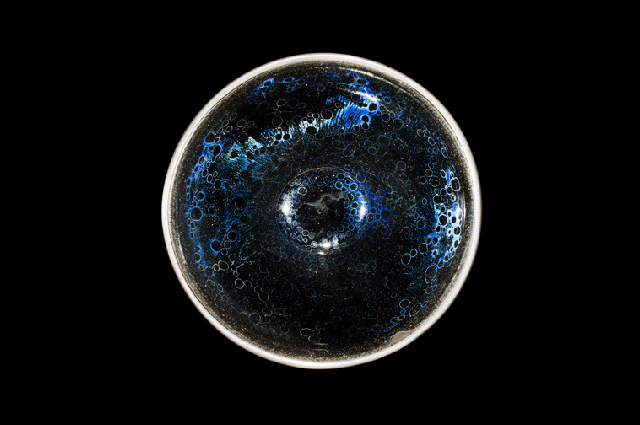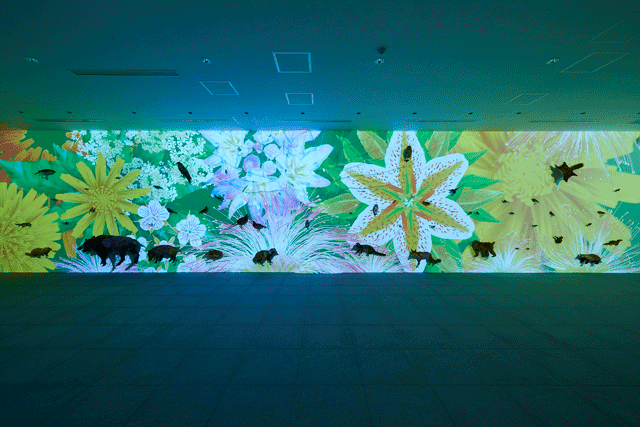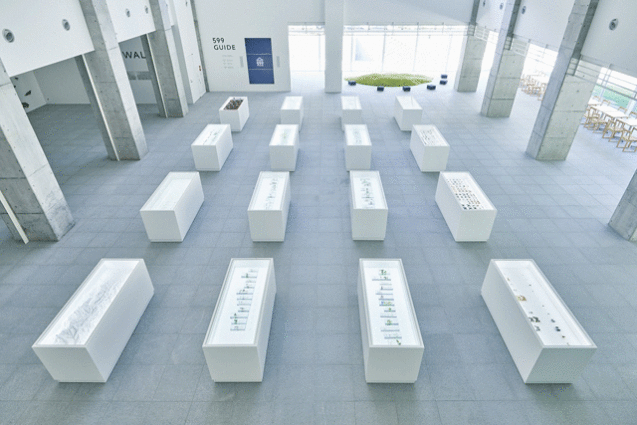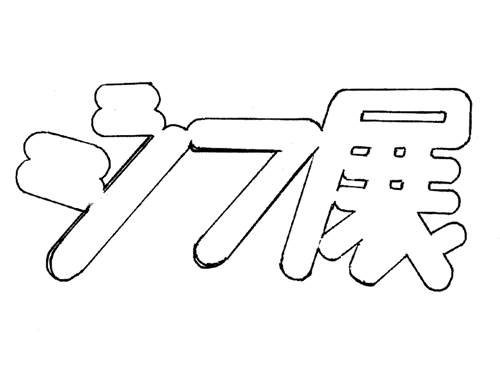What’s beautiful, and who decides? What is the Japanese conception of beauty, and how is that conveyed, inter- and intra-culturally? This month, we look at three exhibitions expressing three different facets of beauty in Japan—historical, natural, and cultural.
By Sarah Custen
Treasures of the Fujita Museum: The Japanese Conception of Beauty”
Any major museum in Japan will dedicate at least a portion of its gallery space to traditional Japanese arts and crafts–religious statuettes, silk tapestries, ceramics and the like. Beautiful, to be certain, but one does begin to suffer a bit of relic fatigue: if you’ve seen some, you’ve seen them all.
What sets “Treasures of the Fujita Museum” apart from myriad similar exhibitions is the single-minded mission and tireless conservation efforts of its patron, Mr. Denzaburo Fujita. A Meiji-period entrepreneur, art enthusiast and all-around aesthete, Fujita dedicated the latter half of his life to collecting and preserving Buddhist works of art, lest they perish at the hands of the early Meiji anti-Buddhist movement. Fujita used his considerable wealth and position to acquire religious art, sutra scrolls, prized poetry anthologies, and a surprising array of earthenware and ceramics. Himself a tea ceremony master, Fujita used his discerning eye to curate an unparalleled and eclectic collection of finely crafted tea wares.
On loan from the Fujita Museum in Osaka, this collection of East Asian treasures is an effective window into Japanese culture, wherein we can eschew facts and dates and really submerge ourselves in the feeling of the nation’s history–cultural osmosis. Nowhere is this more spectacularly done than with the Chawan tea bowl, “Tenmoku Glaze with Glistening Spots,” a national treasure. The innovative exhibition design places you inside a massive, abstract reproduction of the bowl, so that you are at once inside it and looking down on it, fully immersed in the conception of beauty.

National Treasure
Tea Bowl (Chawan), Tenmoku glaze with glistening spots (Jp. yōhen)
China, Southern Song dynasty, 12th-13th century
Fujita museum
Photo: Miyoshi Kazuyoshi
Suntory Museum of Art
August 5–September 27, 2015
Open 10:00–18:00, Fridays and Saturdays until 20:00; closed Tuesdays
www.suntory.com/sma/exhibit/2015_4/index.html
Treasures of Mt. Takao
Three years in the making, replacing the Tokyo Nature and Science Museum, Takao 599 is nothing like the musty, dusty natural history museums of your childhood. Bright, open, simple and sophisticated, 599 establishes a perfect balance between informative and interactive, between natural beauty and artistic display. With an interior created by Daikoku Daigo from the Nippon Design Center, Takao 599 is a tribute to Japan’s natural beauty, housed within a testament to Japanese architectural aesthetics.
The space—as well as 599’s stylish website—is fully English-friendly, interactive, and appropriate for all ages. Information has been streamlined, eschewing verbose, esoteric scientific explanations in favor of wordless video and simple-yet-fascinating focal points. Kids (adults, too) can dig their hands into a trough of local acorns and seeds, track preserved insects in flight, read a book, or enjoy a snack at the 599 Cafe, which features tables and chairs from locally-sourced wood and dairy from Hachioji’s Isonuma Milk Farm.
“The mission of this new museum is vitalization of Hachioji,” said Curator Sakurai Ryokichi. “It’s designed to function as a sightseeing facility as well, with a cozy space where people can relax and have a rest.” Outside food is welcome in the cafe and on the sunny front lawn.
The real highlight of the museum are the flora and fauna, ranging from nearly microscopic flies to palm-sized butterflies and moths. Representing more than 1,600 species of plants and 5,000 insects native to Takao, these vibrant specimens (preserved in acrylic) are as vivid and alive as a National Geographic photograph. Visitors are welcome both before and after their Takao excursions, informing themselves and reinforcing their wild discoveries. “We welcome people young and old, as well as visitors from other countries,” said Ryokichi, “to discover and recall.”
Takao 599 Museum
Newly (re)Opened
Open daily 8:00–17:00; December to March until 16:00
www.takao599museum.jp/?lang=en
“GIF-TEN”
What would Japanese beauty be without a finger on the pulse of contemporary pop culture, and an eye towards the future? TETOKA Gallery, a hip little bookstore, thrift shop, art space and café in Kanda (opened in 2013 by Chieko Kobayashi), takes a stab with a group show of GIF animation. In this exhibition, organized by TETOKA’S Yu Murooka, twelve Japanese modern artists–from diverse backgrounds including illustration, design, animation and fine art–offer us different interpretations of what a GIF can be, independent of it’s usual PC platform, alongside original drawings and other related works. “Visitors will enjoy finding new expression of GIF animation,” said Murooka.
The opening reception will be held on Saturday, September 5th, attended by the artists and featuring MC NAZO, followed by a second “Special Talk Event” on Friday, September 11th. It’s a great chance to interact with Japan’s living creators of beauty, as well as check out the funky, quirky, and quaint public art space of TETOKA.
TETOKA Gallery
September 5–September 13, 2015
Open 16:00–23:00; closed Wednesdays
http://tetoka.jp/archives/category/events
Main Image: National Treasure—Tea Bowl(Chawan, Tenmoku glaze with glistening spots (Jp. yōhen) China, Southern Song dynasty, 12th-13th century, Fujita museum, Photo: Miyoshi Kazuyoshi











